MXB-JDBU Self-Lubricating Casting Bronze Bearing
Cat:Self-Lubricating Bearing
MXB-JDBU Self-Lubricating Casting Bronze Bearing is a high-performance solid lubricating product inlaid with graphite or mos2 solid lubricant on a hig...
See Details
The tensile strength and yield strength of copper alloys are crucial indicators for evaluating their mechanical properties, describing how the materials behave under stress. Below are detailed explanations of these two concepts:
Tensile Strength (σb)
Tensile strength refers to the maximum stress value a material can withstand before breaking under tension. It reflects the material's ability to resist external tensile forces. Specifically, in a standard tensile test, a specimen is fixed at both ends in a tensile testing machine, and a gradually increasing tensile force is applied until the specimen fractures. The maximum tensile force recorded at the moment of fracture, divided by the original cross-sectional area of the specimen, yields the tensile strength.
Unit: Typically expressed in megapascals (MPa) or newtons per square millimeter (N/mm²).
Significance: Tensile strength is a key parameter for assessing a material's resistance to tensile failure and is vital for design and material selection.
For example, if a copper alloy has a tensile strength of 600 MPa, it means that under laboratory conditions, the material will not fracture until subjected to a tensile stress of 600 MPa.
Yield Strength (σ0.2)
Yield strength refers to the stress value at which a material begins to undergo plastic deformation. When the applied stress exceeds this value, the material no longer deforms elastically (i.e., it cannot recover its original shape after unloading) but starts to experience irreversible plastic deformation. Since some materials do not exhibit a distinct yield point, the conditional yield strength (often defined as the stress corresponding to 0.2% residual strain, denoted as σ0.2) is commonly used in engineering to replace the actual yield strength.
Unit: Also expressed in megapascals (MPa) or newtons per square millimeter (N/mm²).
Significance: Yield strength is a measure of the maximum stress a material can withstand without undergoing permanent deformation and is one of the important parameters in structural design.
For example, if a copper alloy has a yield strength of 300 MPa, it means that under a stress not exceeding 300 MPa, the material will only undergo elastic deformation and will not retain any permanent deformation.
Testing Methods
These two strengths are typically determined through tensile testing. A standard specimen is clamped in a tensile testing machine, and a tensile force is applied at a constant speed until the specimen fractures. Throughout the process, the machine records the applied force and the corresponding elongation. Based on these data, a stress-strain curve can be plotted, from which the tensile strength and yield strength can be determined.
Applications in Copper Alloys
Different types of copper alloys possess varying tensile and yield strengths due to differences in their compositions and processing techniques. For example:
Pure Copper: Generally has relatively low tensile strength (approximately 200-250 MPa) and yield strength (approximately 70-100 MPa).
Brass (Cu-Zn Alloy): Such as H62 brass, which typically has a tensile strength of about 400-500 MPa and a yield strength of about 200-300 MPa.
Bronze (e.g., Aluminum Bronze, Tin Bronze, etc.): These alloys usually exhibit higher tensile and yield strengths. For instance, certain aluminum bronzes can have a tensile strength of up to 600-800 MPa and a yield strength of up to 300-500 MPa.
Selecting an appropriate copper alloy and its mechanical properties depends on specific application requirements, such as the required load-bearing capacity, operating environment (temperature, corrosivity, etc.), and manufacturing process requirements.
I hope this information helps you better understand the tensile strength and yield strength of copper alloys. If you have more questions or need further assistance, please feel free to contact Zhejiang Mingxu Machinery Manufacturing Co., Ltd. at [email protected].
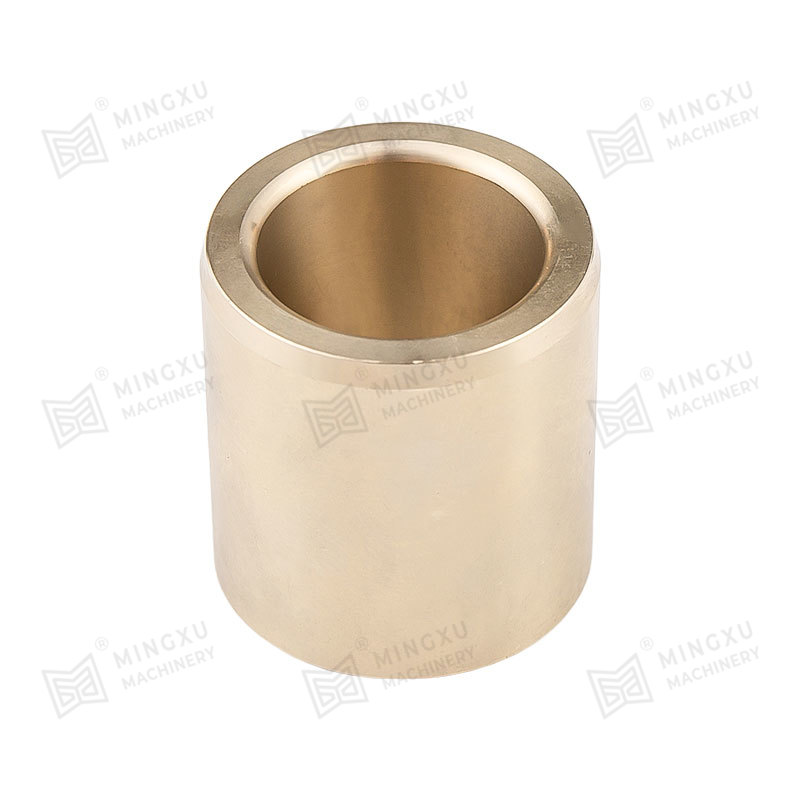
MXB-JDBU Self-Lubricating Casting Bronze Bearing is a high-performance solid lubricating product inlaid with graphite or mos2 solid lubricant on a hig...
See Details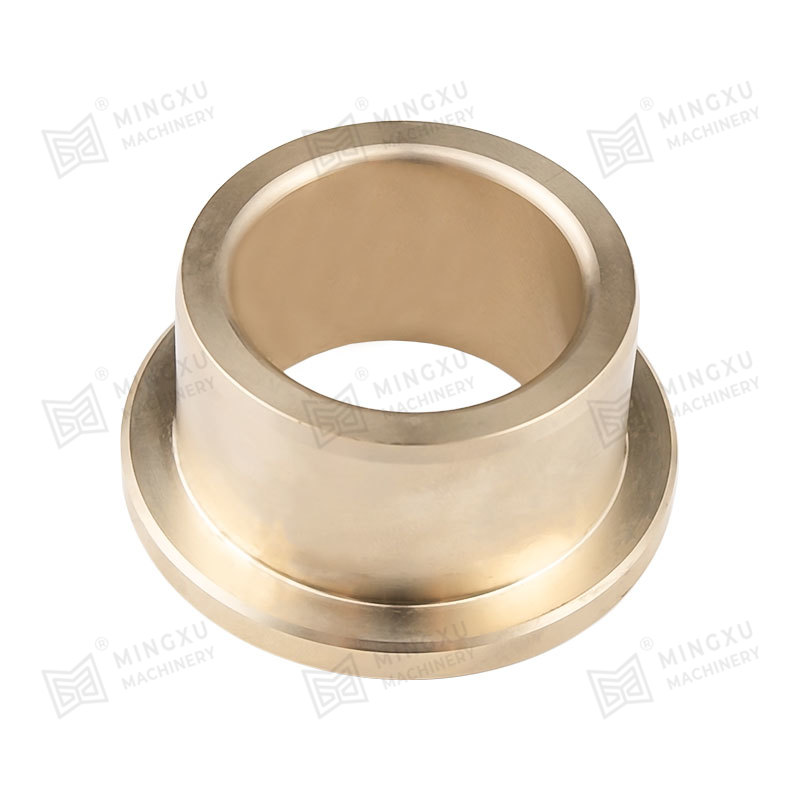
MXB-JDBUF self-lubricating casting bronze bearings combine the advantages of self-lubricating and flange design. The raw materials are made of high-qu...
See Details
MXB-DX boundary oil-free bearings, equivalent to SF-2 self-lubricating or dry plain bearings, which is based on steel plate, sintered spherical bronze...
See Details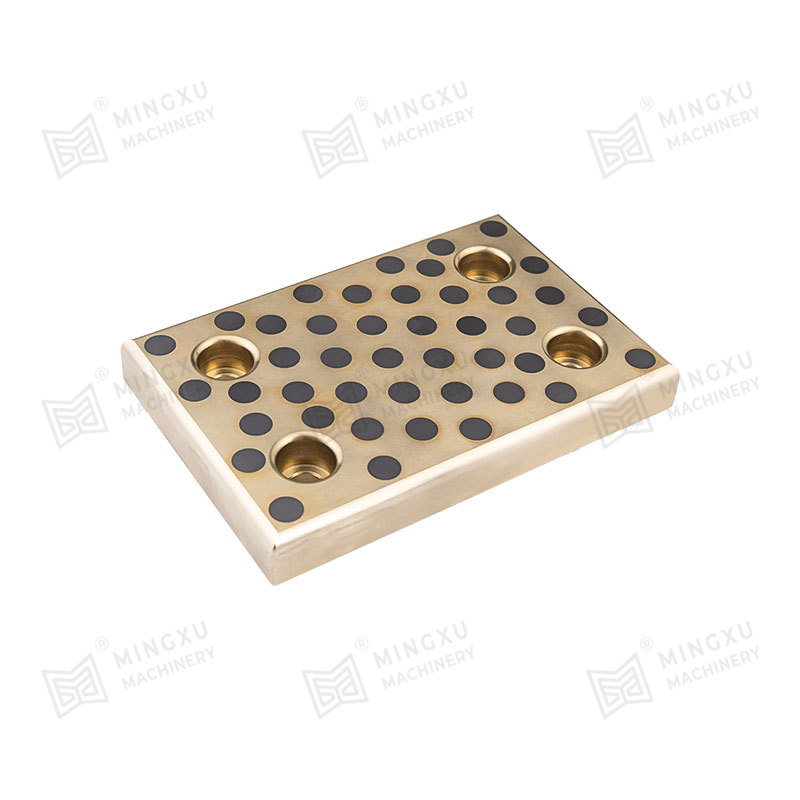
MXB-JESW slide plates are 2-hole and 4-hole wear-resistant heavy-duty slide plates. They are standardized products and compatible with many brands, su...
See Details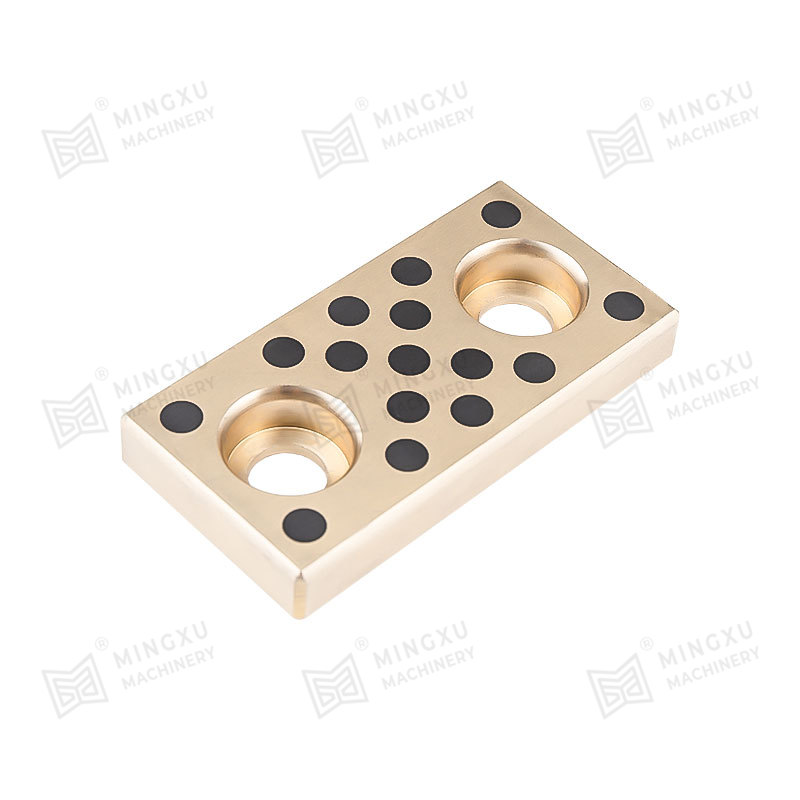
MXB-JOLP self-lubricating wear plates have good self-lubricating properties and require no external lubrication. This product has good load-bearing ca...
See Details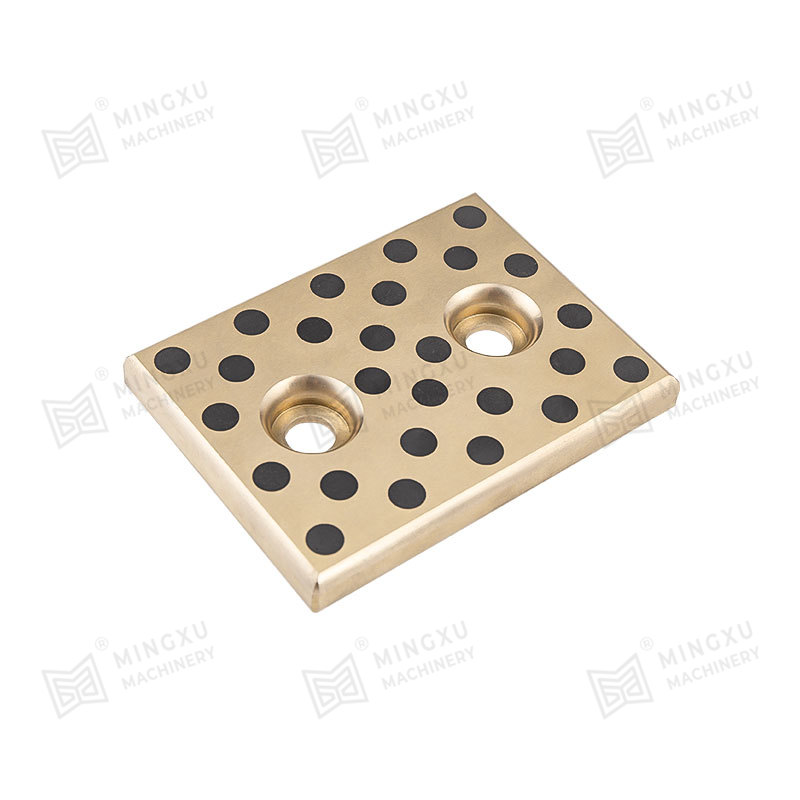
MXB-JSP self-lubricating wear-resistant plate is suitable for injection molding machines, automotive stamping molds, tire molds, factory machinery (ex...
See Details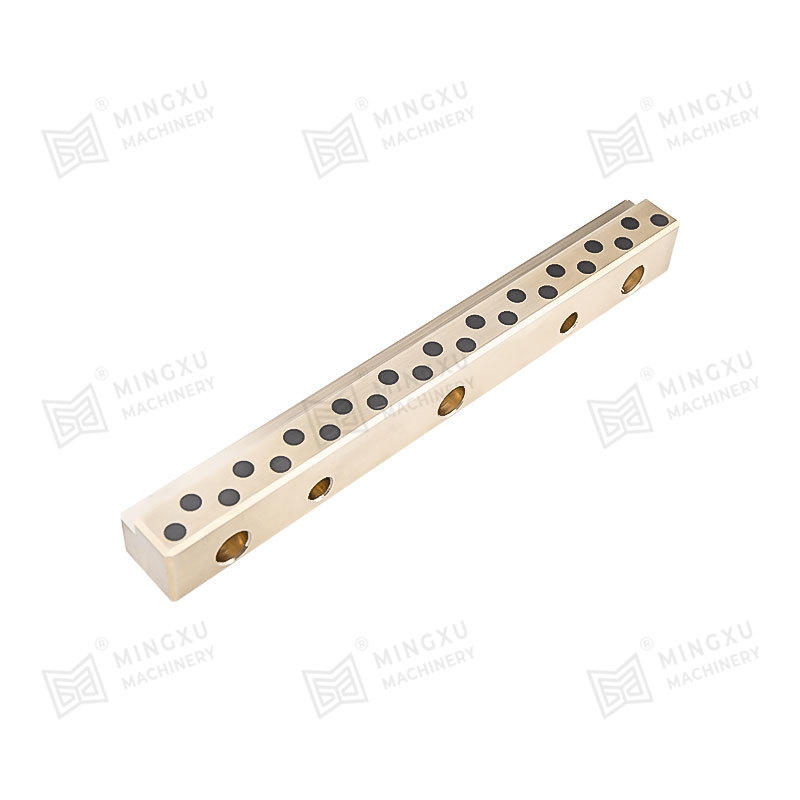
Constructed from high-grade graphite-copper alloy, the MXB-JSL L-type self-lubricating guide rail is strategically installed at the mold clamping guid...
See Details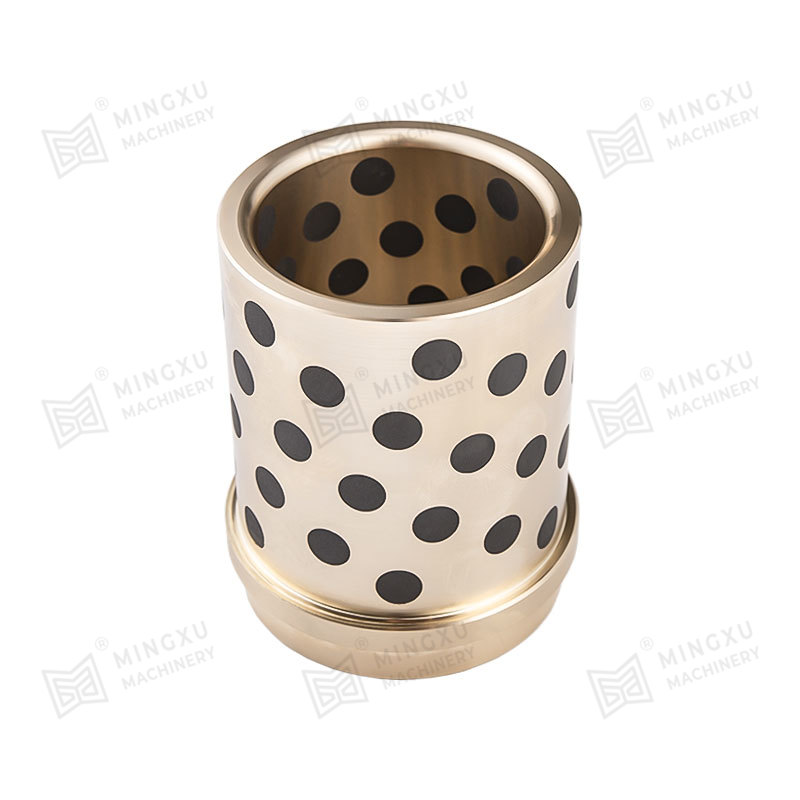
MGB61 NAAMS Standard Guide Bushing is a reliable solution for precise, smooth guide applications. This guide bushing is designed to meet NAAMS standar...
See Details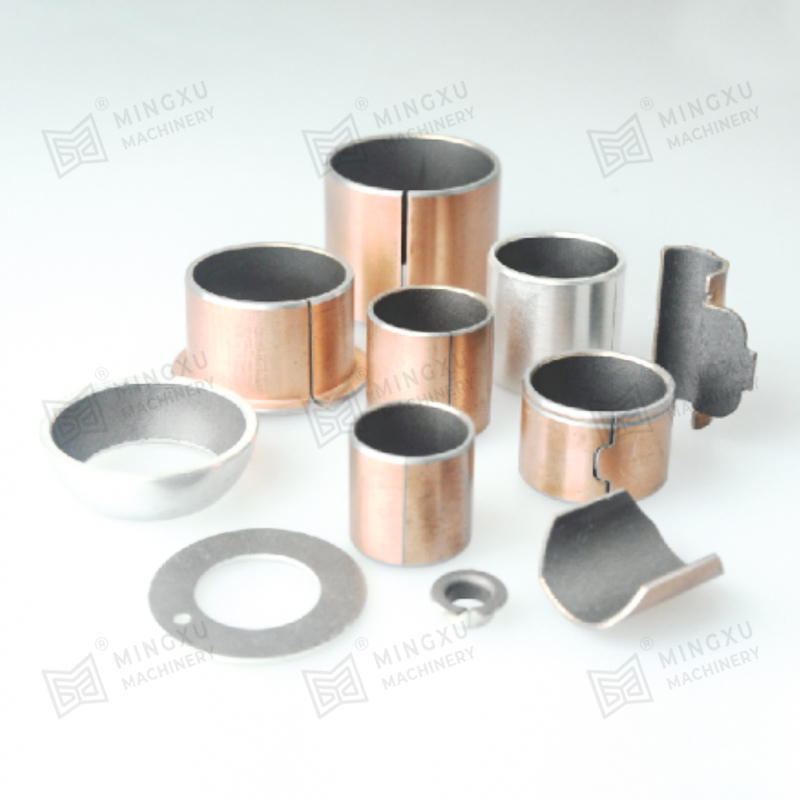
SF-1X oil-free lubricating bearing is a rolled sliding bearing with steel plate as the base, spherical bronze powder sintered in the middle, and a mix...
See Details
Boundary lubricated lead-free bearings are improved on the basis of SF-2. Its performance is the same as SF-2, but the surface does not contain lead, ...
See Details
Contact Us